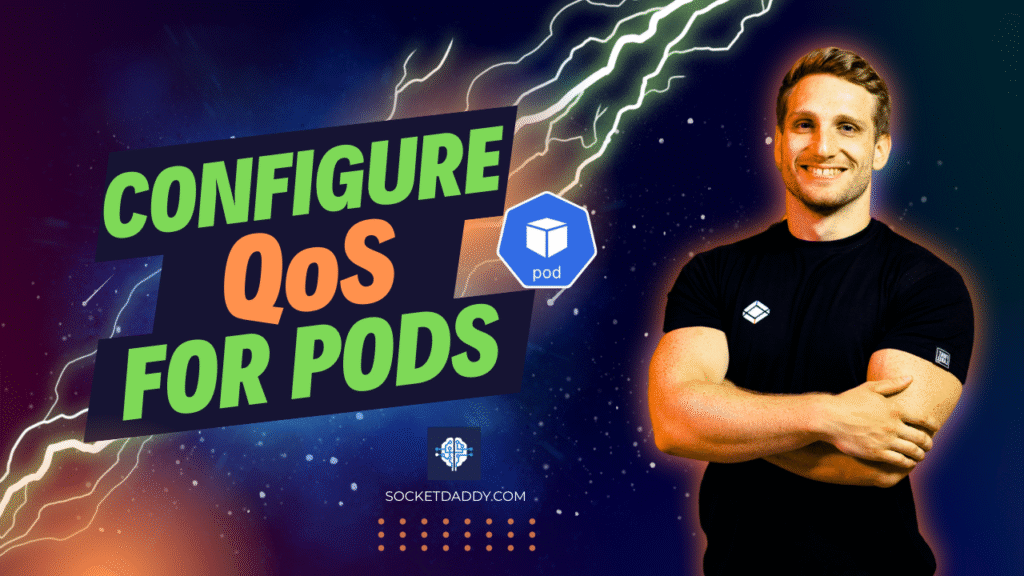
Configure Quality of Service for Pods in Kubernetes
Kubernetes uses Quality of Service (QoS) classes to decide pod eviction under resource pressure. Assigning correct requests and limits controls reliability and node stability.
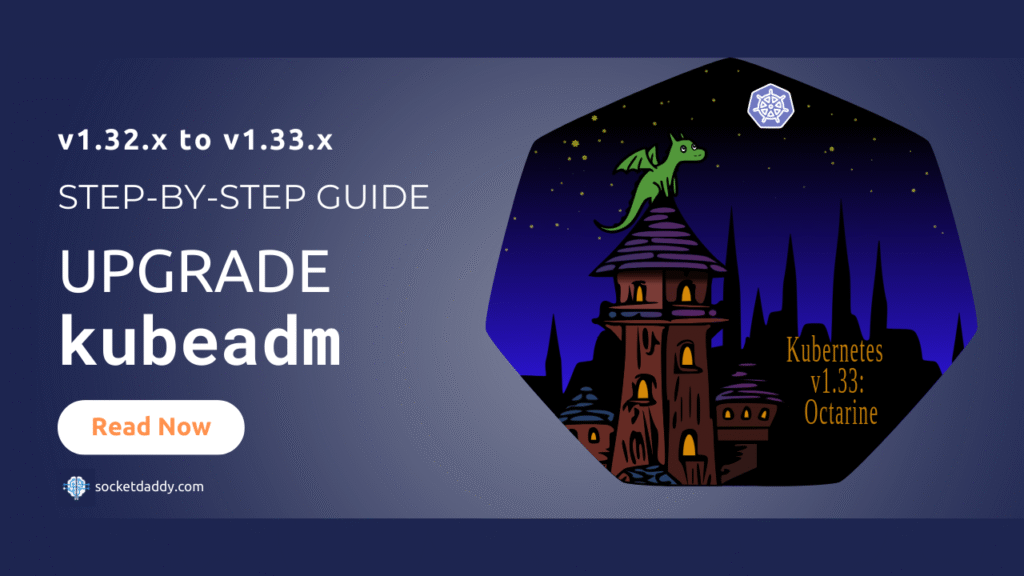
kubeadm upgrade – v1.32.x to v1.33.x
Step-by-step guide to upgrade Kubernetes clusters created with kubeadm from version 1.32.x to 1.33.x and beyond, including volume considerations, CSI, security, quotas, and event-driven workflows.

What are Ephemeral Volumes in Kubernetes?
Kubernetes ephemeral volumes provide temporary storage tied to pod lifespan for caches, config files, secrets, and scratch data.
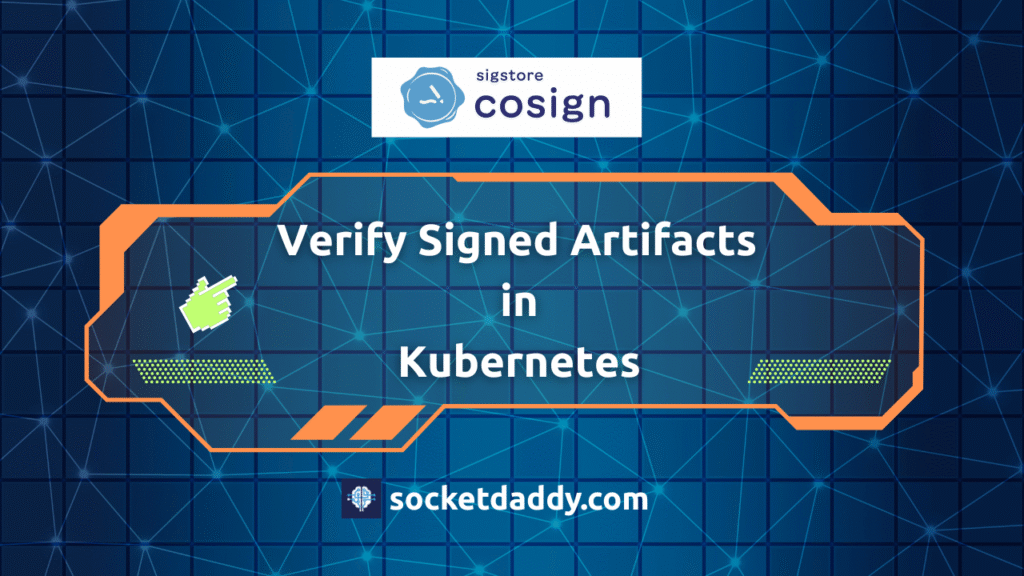
Verify Signed Artifacts in Kubernetes
Use cosign for keyless verification of Kubernetes binaries, tarballs, SPDX metadata and container images. Step-by-step guide with commands, diagrams and best practices.
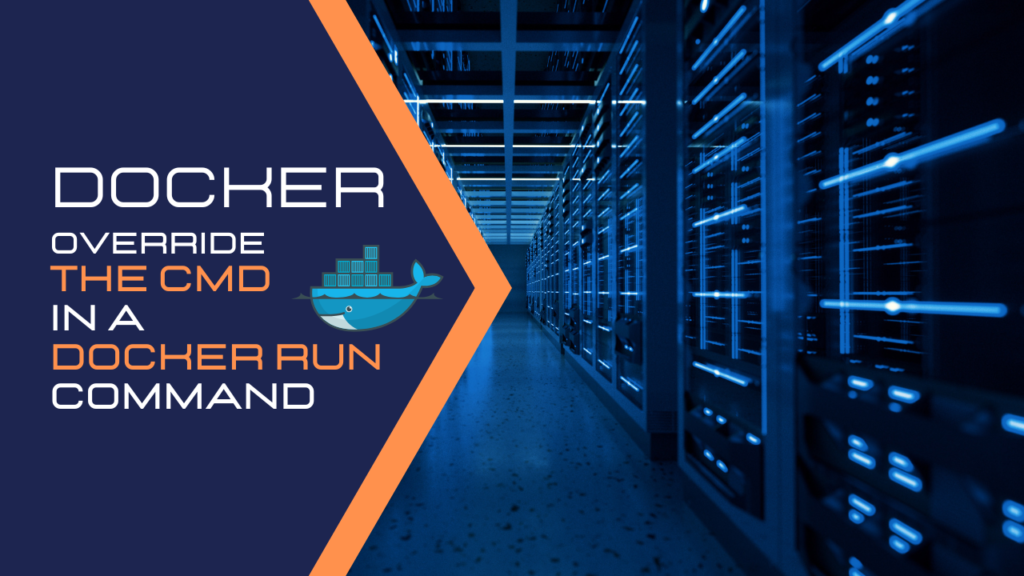
How to Override the CMD in a Docker Run Command
What CMD does, why you might want to override it, and how to do so effectively using the docker run command.

How I Monitor Commands in Redis Instance with Minimal Effort
Peek under the hood for monitoring the commands your Redis instance is receiving to debug an application or analyze performance.
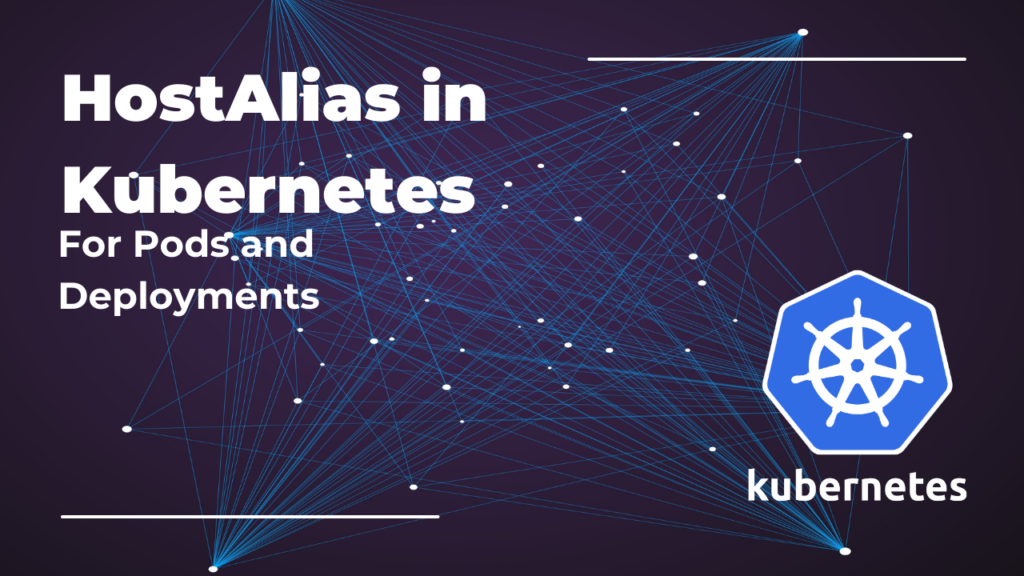
How to Add HostAliases to Pods and Deployments in Kubernetes
Here's everything you need to know about how HostAliases work, what happens under the hood, and how to set it up.
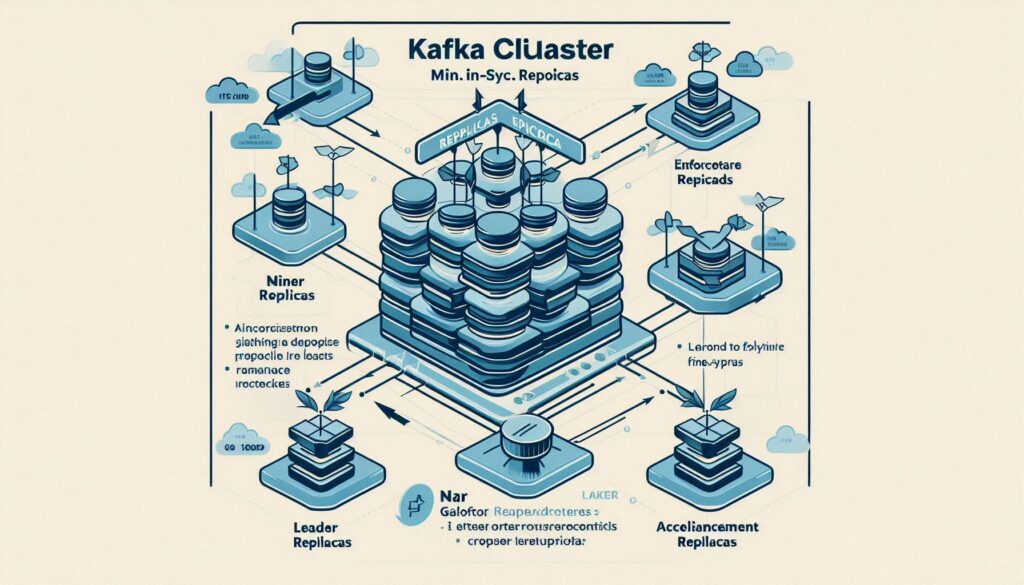
What’s the Default Value for min.insync.replicas in Apache Kafka?
The default value for min.insync.replicas in Apache Kafka is 1. This means Kafka requires only one replica to acknowledge a write

What Is a Headless Service, and Why Do We Use It?
Learn what a headless service is in Kubernetes, how it works, and why it's perfect for stateful workloads and custom pod communication.
